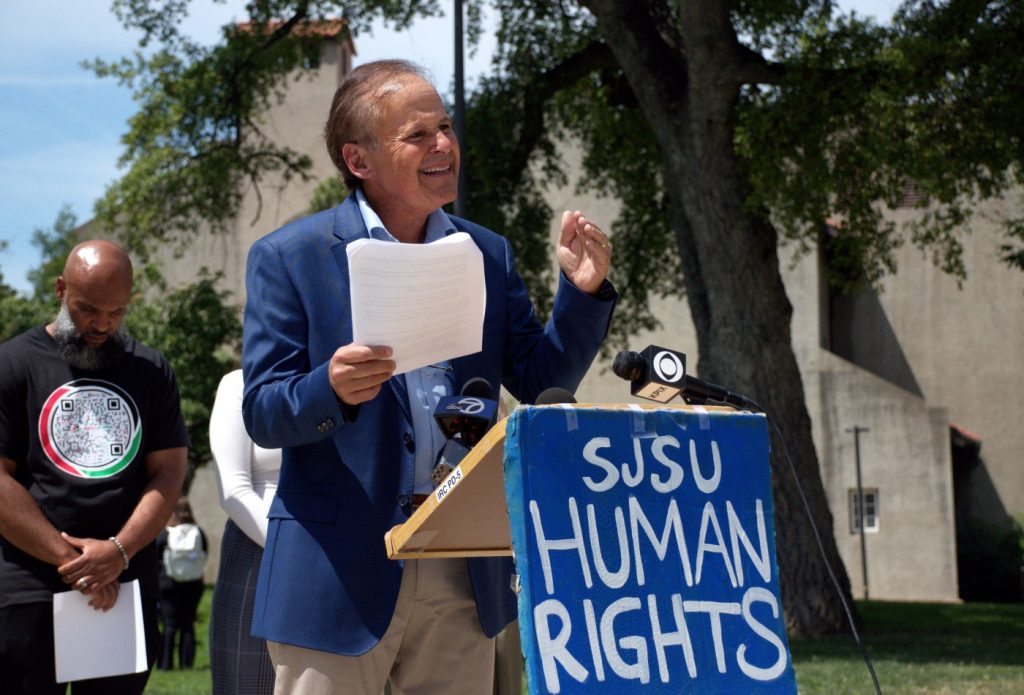On Tuesday, one of the authors behind the region’s annual “Pain Index” revealed the report’s latest findings that equity issues in Silicon Valley are getting worse instead of better.
Scott Myer-Lipton, professor emeritus in sociology at SJSU, said inequality in Silicon Valley was found to be increasing at a faster rate in the last year than in the previous one.
“We think, ‘Oh, it’s getting better, right? We’re in the 21st century,’” Myers-Lipton said.
But the Pain Index showed inequity is increasing in several areas, including the tech industry.
“Our community puts out about 20 billion a year in venture capital funding, and if almost 15% of the population is Black, and you only give 1% of the money to African Americans, the wealth inequality will continue into the future, because the money is gonna go to non-Black and non-Latinx people,” Myers-Lipton said.
The annual Silicon Valley Pain Index from San Jose State’s Human Rights Institute highlights inequality issues in the South Bay, including racial discrimination in employment, education, housing, general wealth inequality and more.
The first report was published in 2020 after the national protests brought attention to the police murders of George Floyd and Breonna Taylor. The fifth annual report was presented at a press conference at SJSU on Tuesday.
The Pain Index reported that Santa Clara County has the highest percentage of unsheltered people among its homeless population, at 74 percent. It also reported that between June 2023 and June 2024, there were 4,297 new homeless households in the Santa Clara County, a 24% increase from the previous year.
Meanwhile, the number of homeless students in K-12 education in the county has increased threefold since 2020.
Imee Alamazan, the interim superintendent for Alum Rock Union School District, shares at the podium that 252 students at her district are currently homeless, and how the district is trying to support them through different programs and partnerships.(Alina Ta/Bay Area News Group).
This year, the report has 190 new data points highlighting some of the South Bay’s largest inequality issues, including how 0.001% of households — nine households in total — hold $12 billion in wealth, 12 times more than 50% of families in the region.
“There’s plenty of money to solve our issues. The question is, if it’s in the hands of the few, how do you have a democracy?” Myers-Lipton said.
Annya Artigas, the director of social emotional learning for the Alum Rock Union School District, spoke Tuesday at the press conference unveiling the report.
“I wish I could say that I was surprised by the data, but it’s something that we’ve been seeing and experiencing firsthand as we provide support,” Artigas said.
Imee Almazan, the interim superintendent for the same district, said the Alum Rock Union School District had 252 unhoused youth by the end of the school year.
She said the district has multiple programs and partnerships, but it’s still not enough to help support these students.
“It’s indicative of a larger systemic problem, and it’s not on (one) school district to solve by themselves,” Almazan said. “We as a collective have to do better.”


